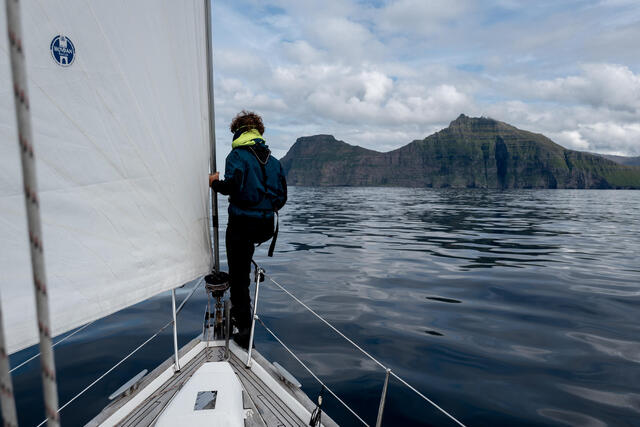Unlike a traditional threaded headset (see below), a threadless headset doesn’t have a threaded top race or locknut to hold it in place against a threaded fork steerer. Instead, a threadless fork steerer extends right through your bike’s head tube and is fitted with a straight stem. The cap that sits on top of the steerer is used to preload the bearings. A bolt in the centre of the cap threads to a device inside the fork's steerer and draws everything together, and by tightening the stem, the headset is set in place.
Threadless headsets have largely taken over from threadless headsets in recent years. They’re easier to set up, don’t loosen over rough ground, and the steerer tube doesn’t need to be threaded and therefore can be made from carbon fibre on higher-end bikes.
Different bikes take different types of threadless headsets – there's no 'one size fits all' option here.
A conventional threadless headset uses bearing cups that are pressed into the top and the bottom of the bike’s head tube, while the bearings sit externally.
It's more common today to see the bearings sit inside the head tube. Sometimes the bearings are in cups (a semi-integrated or internal system) – as on the Rockrider ST 560 mountain bike which requires a specific type of headset, and sometimes cartridge bearings fit directly into a specially shaped head tube (an integrated system) – as on the Van Rysel Ultra CF carbon road bike which requires a headset without cups.
The other thing you need to consider is the size, referring to the outer diameter of the fork steerer, which you can easily measure with a ruler. The Tilt 500 E folding electric bike needs a 1 1/8in threadless headset, for instance, which is the most common size.
Be careful, though, the lower bearing is larger than the upper bearing to improve stiffness as with many Rockrider mountain bikes, such as the XC500. This bike requires a headset that’s 1 1/8in at the top and 1 1/2in at the bottom.
Working out which headset you need can be tricky. If it’s for a bike currently sold by Decathlon, find the bike on our website, scroll down to the ‘Maintenance and repairs’ section at the bottom of the page and click on the ‘Spare parts’ button. You’ll be guided to the appropriate replacement part you need.
You don’t necessarily need to buy a whole new headset, you can sometimes simply opt for the specific part that has worn out, such as the ball cage bearing for a 1 1/8in threadless headset, as used on Rockrider mountain bikes, or a cartridge bearing.
Threadless headsets work with stems that clamp around the top of the fork steerer, such as a B’Twin Ahead stem, and not with quill stems that insert into the fork steerer. Stems come in various different lengths and angles to allow you to fine-tune your riding position.
The stem can be positioned either on top of the headset or, more likely, with a few spacers between. You can remove these spacers, or swap them for ones of different sizes and cut down your fork steerer to lower the height of your handlebar. Spare spacers are inexpensive. You could swap aluminium ones for the carbon fibre to add a bit of bling to your bike.
You won’t be able to add more spacers if the stem is positioned at the top of your fork’s steerer tube (as it usually is), but you could swap to a stem with more rise, or just flip your current stem the other way up.


















